Understanding Safe Exercise Guidelines
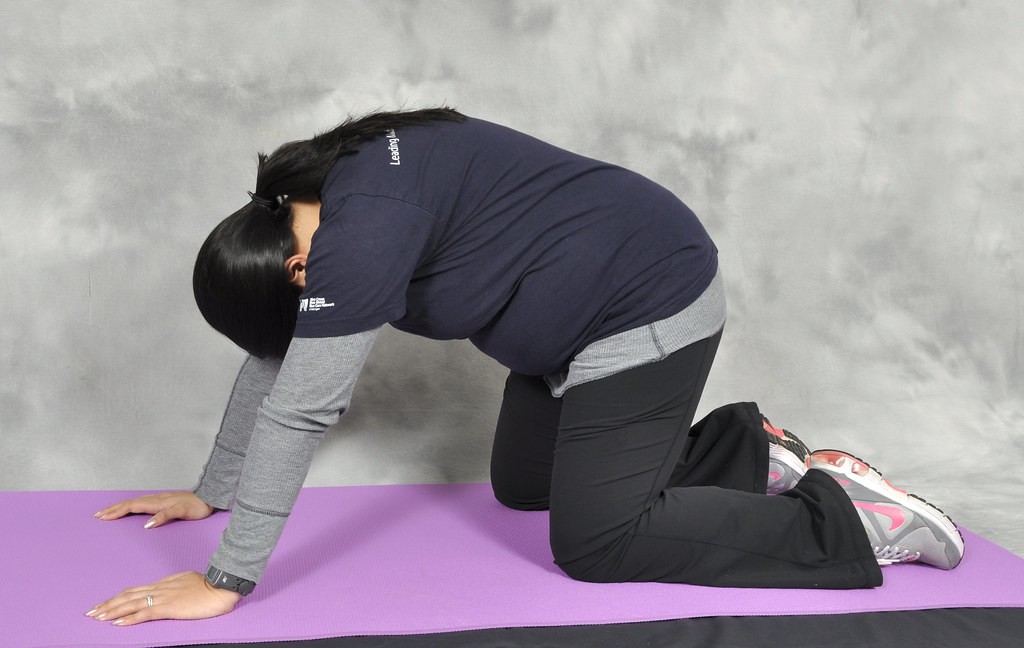
Being active during pregnancy isn’t just good for you – it’s essential for both you and your baby. Ideally, pregnant women should get at least 150 minutes of moderate-intensity aerobic activity every week. This might sound like a lot, but it’s more manageable than you think. You can divide the 150 minutes into 30-minute workouts on 5 days of the week or into smaller 10-minute workouts throughout each day.
What’s considered moderate intensity? Moderate intensity means you are moving enough to raise your heart rate and start sweating. You still can talk normally, but you cannot sing. The “talk test” is your best friend here – if you can hold a conversation while exercising, you’re at the right level. If you become breathless as you talk, then you’re probably exercising too strenuously.
Starting an Exercise Routine for Beginners

Never exercised before? Don’t worry – pregnancy is actually a great time to start. Exercise does not have to be strenuous to be beneficial. If you’re not used to exercising, or have not done any for a while, now is a good time to begin. Begin with as little as 5 minutes a day. Add 5 minutes each week until you can stay active for 30 minutes a day.
The key is to start slowly and build up gradually. Try starting off with 10 minutes of daily activity, like taking a brisk walk. Walking is perfect for beginners because it’s free, accessible, and naturally gentle on your joints. It’s easy on your joints and you can do it anywhere, even inside your home, making it one of the best early pregnancy exercises at home.
Swimming: The Ultimate Pregnancy Exercise

Swimming deserves special attention as one of the best exercises for pregnant women. Swimming is a really good form of exercise during pregnancy because the water helps support your increased weight. Swimming and water workouts use many of the body’s muscles. The water supports your weight so you avoid injury and muscle strain.
The benefits of swimming go beyond just muscle support. The water supports the weight of your growing baby, and moving against it helps keep your heart rate up. It’s also easy on your joints and muscles. If you have low back pain when you do other activities, try swimming. Many communities offer specific aqua-natal classes designed for pregnant women, which can be both safer and more social than swimming alone.
Walking: Simple Yet Powerful

Walking might seem too simple to be effective, but it’s actually one of the most beneficial exercises for pregnant women. Walking gives a total body workout and is easy on the joints and muscles. Walking is a safe, free way to be active that can be attempted anytime. It helps maintain a healthy weight during pregnancy and after birth.
The best part about walking is its flexibility. Half an hour or more a day is ideal, but it all helps. You can walk during your lunch break, around your neighborhood, or even inside a shopping mall on bad weather days. Remember that you want to get your heart rate up, so try brisk walking, adding in a few hills, or increasing the distance as you build your stamina.
Prenatal Yoga and Pilates
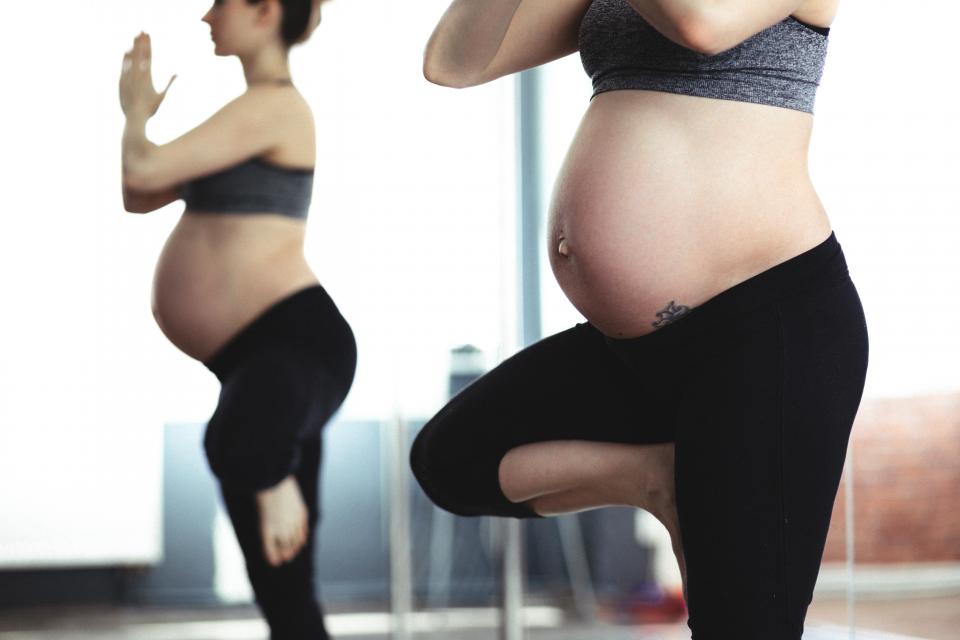
Yoga and Pilates offer unique benefits that make them particularly valuable during pregnancy. Yoga reduces stress, improves flexibility, and encourages stretching and focused breathing. Doing yoga allows people to gently stretch and strengthen their body. It also encourages mindfulness skills that can be very helpful during labor, such as controlled breathing and meditation.
Pilates focuses on core strength, which becomes increasingly important as your pregnancy progresses. Pilates can improve core strength and balance, which may reduce the risk of falling. It can also help ease lower back pain associated with weight gain, especially in the front of the body. There are prenatal yoga and Pilates classes designed for pregnant women. These classes often teach modified poses that accommodate a pregnant woman’s shifting balance.
Understanding Your Body’s Changes
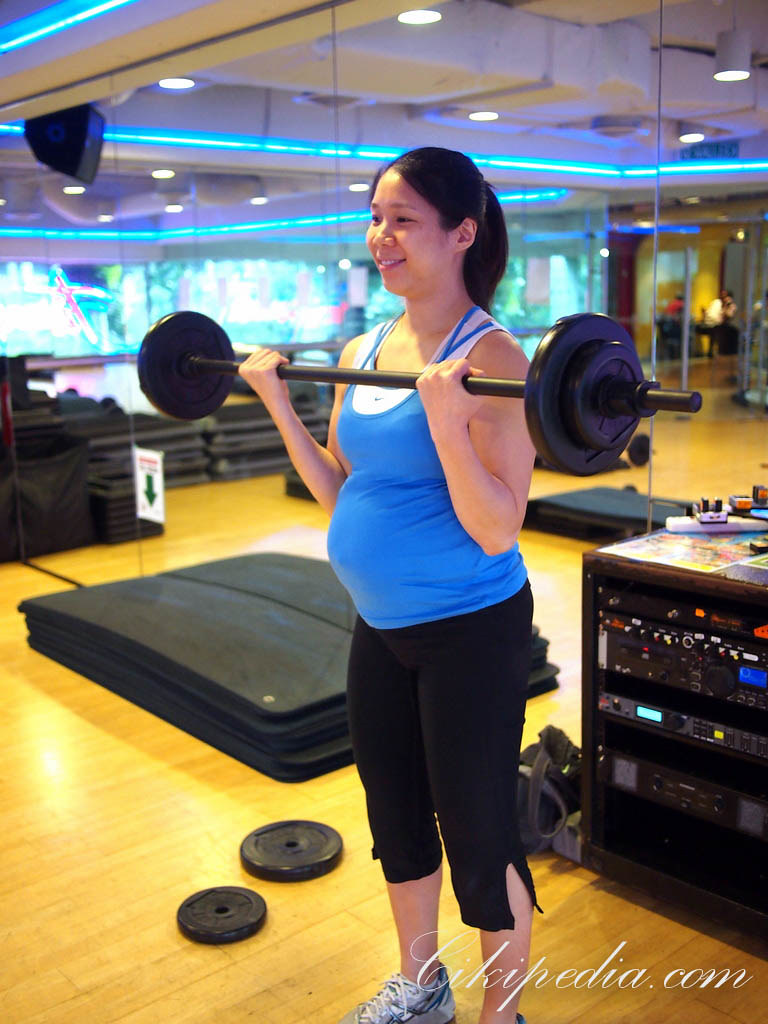
Your body undergoes remarkable changes during pregnancy that affect how you should exercise. The hormones made during pregnancy cause the ligaments that support your joints to become relaxed. This makes the joints more mobile and at risk of injury. As pregnancy progresses, your weight will increase and you will experience changes in weight distribution and body shape. This results in the body’s centre of gravity moving forward, which can alter your balance and coordination.
These changes aren’t obstacles – they’re just reminders to be more mindful of your body. Avoid jerky, bouncy, or high-impact motions that can increase your risk of being hurt. Pregnancy increases your resting heart rate, so don’t use your target heart rate to work out the intensity of your exercise. Instead, listen to your body and use the talk test to gauge your intensity level.
Proven Health Benefits
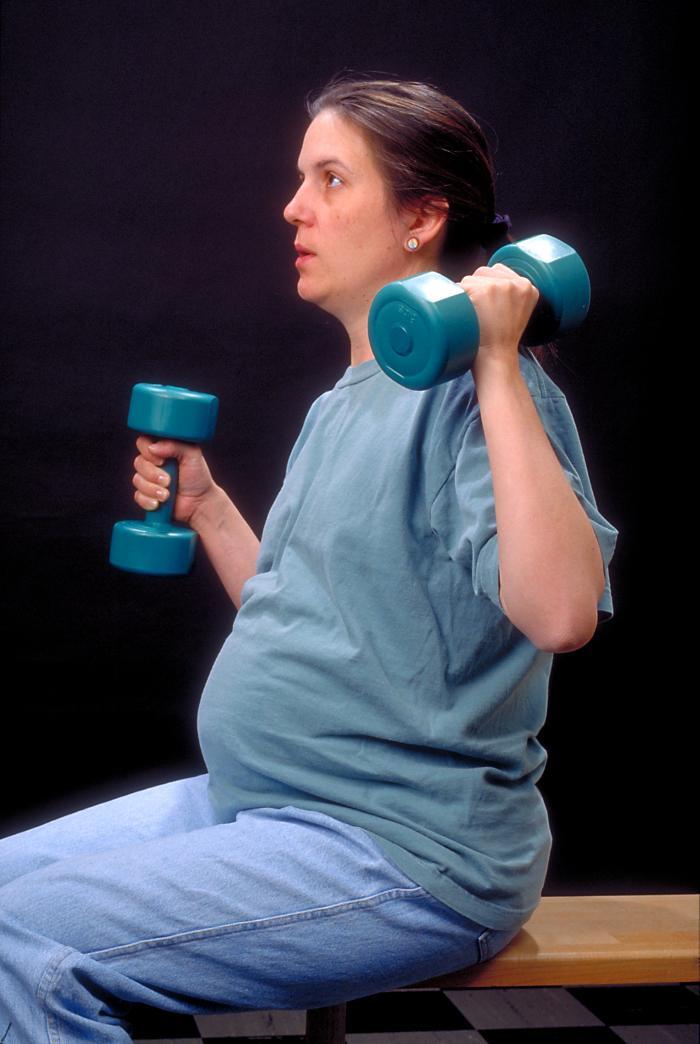
The benefits of exercising during pregnancy extend far beyond just staying fit. A recent meta-analysis that included over 2000 women showed that aerobic exercise and moderate-intensity strength/toning exercise performed 3 or 4 days per week throughout the pregnancy was not associated with an increased risk for preterm births or low birth weight infants for normal-weight women with singleton, uncomplicated pregnancies.
Recent research has revealed even more impressive benefits. Maternal physical activity during pregnancy, when practiced three or more times per week, was associated with a reduced risk of asthma in the child, with an adjusted odds ratio of 0.54 (95% confidence interval 0.33–0.89; p = 0.02). Observational studies of women who exercise during pregnancy have shown benefits such as decreased gestational diabetes mellitus, cesarean birth and operative vaginal delivery, and postpartum recovery time.
Addressing Common Concerns
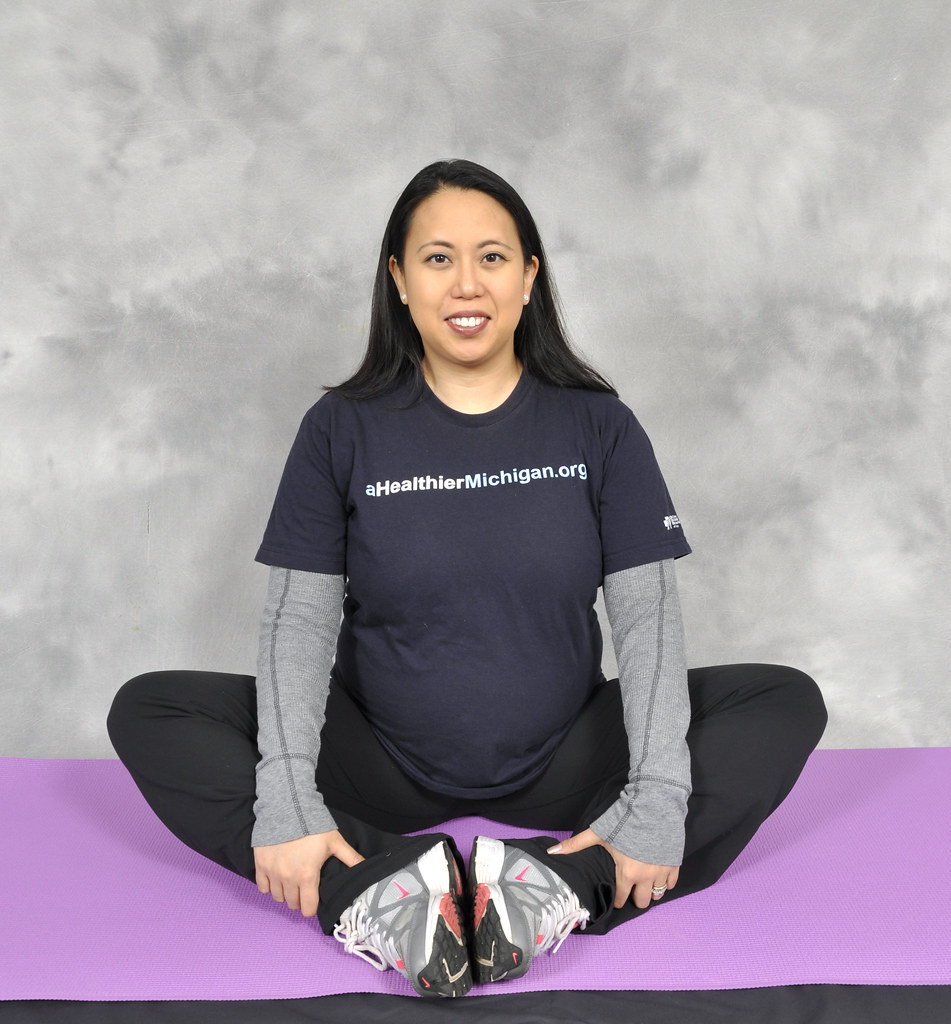
Many women worry that exercise might harm their baby, but research consistently shows the opposite. If you are healthy and your pregnancy is normal, it is safe to continue or start regular physical activity. Physical activity does not increase your risk of miscarriage, low birth weight, or early delivery. Exercise is not dangerous for your baby. There is evidence that active women are less likely to experience problems in later pregnancy and labour.
The key is knowing your limits and listening to your body. Despite recommendations from physicians to begin or maintain an exercise program during pregnancy, only about 40% of the patients exercise. Don’t let fear hold you back from experiencing the numerous benefits of staying active during this important time.
Exercises to Avoid

While most exercises are safe, certain activities should be avoided during pregnancy. Contact sports and sports that put you at risk of getting hit in the abdomen, including ice hockey, boxing, soccer, and basketball should be avoided. Activities that may result in a fall, such as downhill snow skiing, water skiing, surfing, off-road cycling, gymnastics, and horseback riding should also be avoided.
Position matters too, especially as your pregnancy progresses. You should avoid exercises like sit-ups that involve lying on your back for longer than a few minutes (especially after 16 weeks). This is because the weight of your bump presses on the main blood vessel bringing blood back to your heart, which could cause low blood pressure and make you feel dizzy. Hot yoga or hot Pilates, which may cause you to become overheated should also be avoided.
Creating Your Personal Exercise Plan
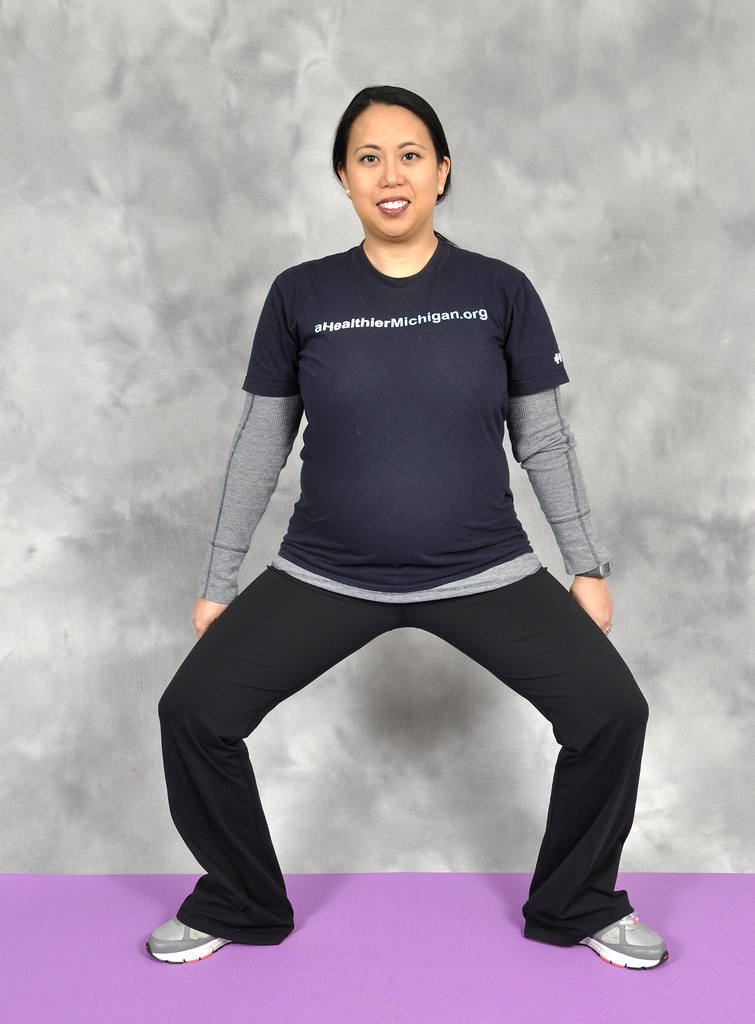
The best exercise plan is one that fits your lifestyle and preferences. It’s still important to discuss exercise with your obstetrician–gynecologist (ob-gyn) during your early prenatal visits. If your ob-gyn gives you the OK to exercise, you can discuss what activities you can do safely. Aim to do at least 30 minutes of moderate-intensity physical activity on most, if not all, days of the week. You can start with separate sessions of 15 minutes each, and build up to longer durations.
Remember that consistency matters more than intensity. Exercising for 30 minutes on most, or all, days can benefit your health during pregnancy. Exercising for just 20 minutes, 3 or 4 days a week, is still beneficial, as well. The important thing is to be active and get your blood flowing. Even on days when you don’t feel like doing a full workout, a gentle walk or some stretching can make a difference.

